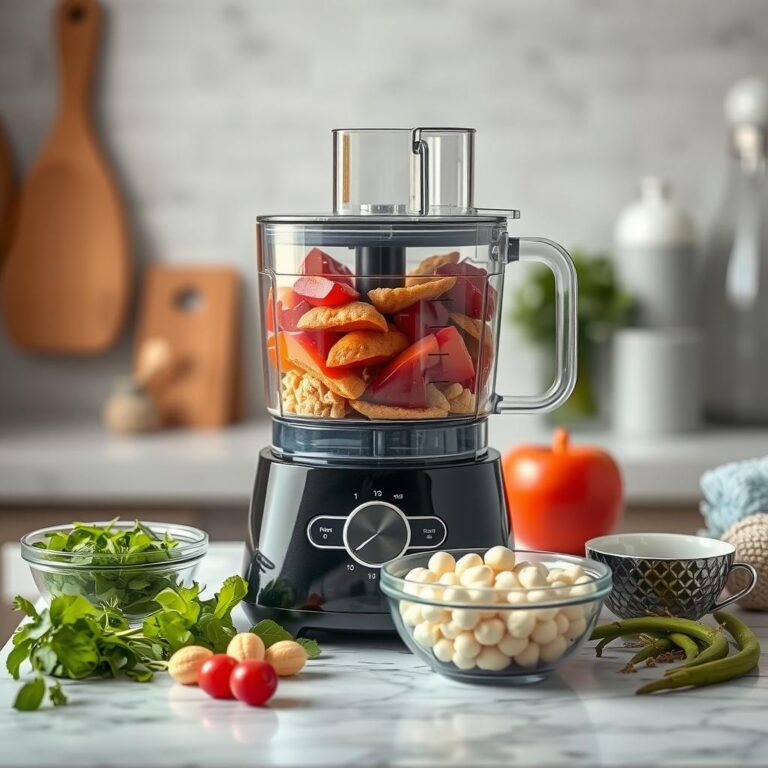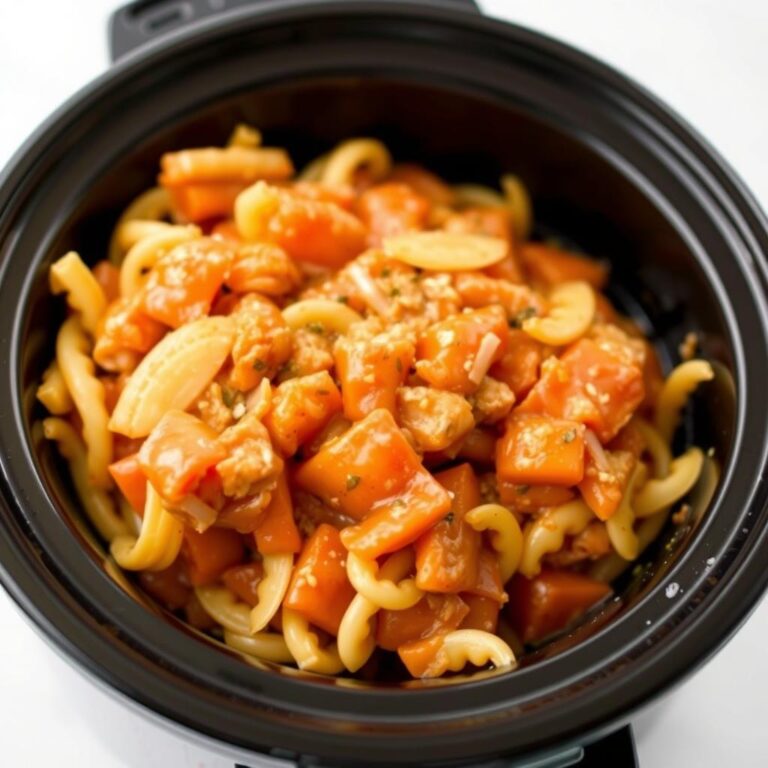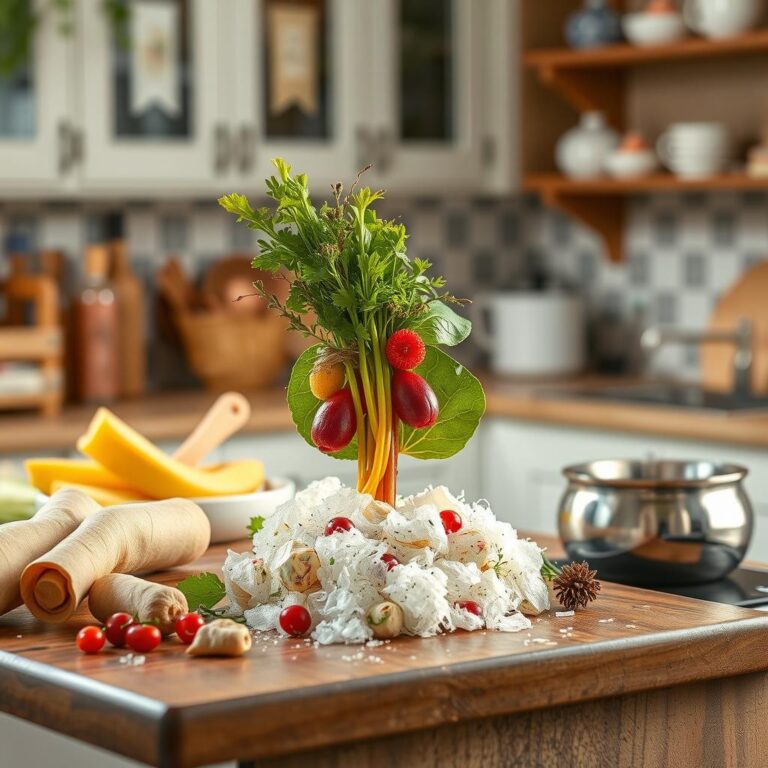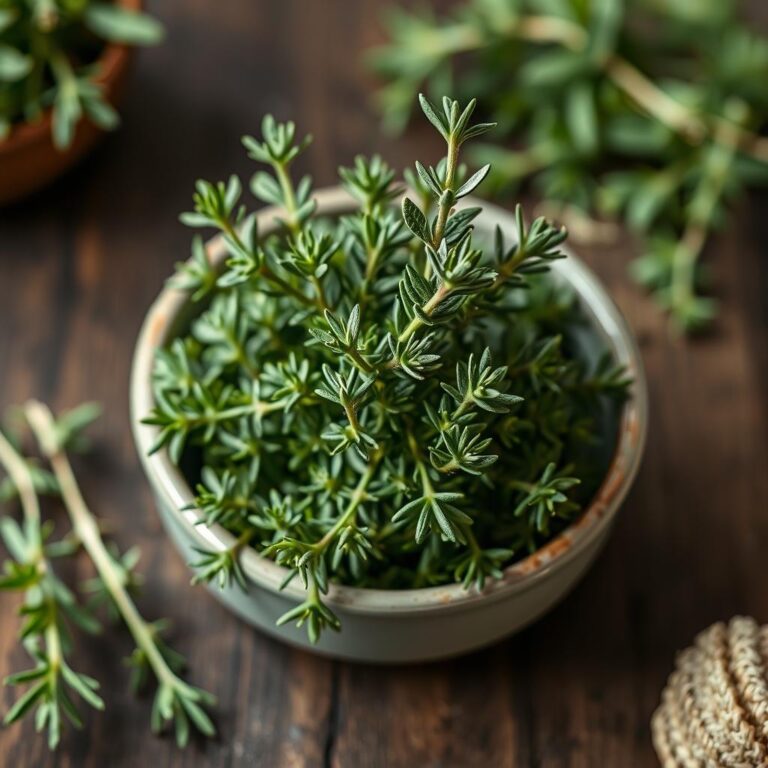Ever find yourself wondering how to make recipes healthier? I get it. It’s a common concern, especially when we’re bombarded with so many delicious yet not-so-nutritious options. It’s like wanting to enjoy that creamy pasta but knowing it could be better for you. But here’s the good news: transforming your favorite dishes is easier than you think.
Why Make Recipes Healthier?
Let’s kick things off with the big question—why even bother? Well, healthy eating is crucial for maintaining energy levels and keeping illnesses at bay. Plus, making small changes in our cooking can boost nutrition without compromising on taste.
And I’ll let you in on a secret: many healthy tweaks are practically invisible in terms of flavor.
Common Concerns When Trying to Make Recipes Healthier
A lot of folks worry that healthier recipes mean waving goodbye to all that’s tasty. It’s like thinking you have to renounce chocolate forever. But here’s the chain-busting truth: you don’t.
With a few smart swaps, you can maintain the deliciousness without sacrificing your health.
Simple Swaps for Healthier Recipes
Ready to dive into some practical tips? Let’s break it down so you can start transforming your meals in no time.
Reduce Added Sugars
- Swap white sugar for natural alternatives like honey or maple syrup.
- Try baking with substitute ingredients such as applesauce or mashed bananas to add sweetness without sugar overload.
Sugar is a sneaky one. It hides in dressings, sauces, and seemingly harmless snacks. Keeping tabs on it is key.
Boost Vegetable Intake
- Add extra veggies to soups, stews, and casseroles. They bulk up dishes while upping the fiber content.
- Use zucchini noodles or cauliflower rice as delicious alternatives in pasta and rice dishes.
Vegetables are nature’s superheroes, packed with vitamins and minerals. Try sneaking more into every meal where possible.
Choose Whole Grains
- Opt for whole grain bread, pasta, and rice instead of their white counterparts.
- Experiment with quinoa or barley for a nutritious twist in your sides.
Whole grains are fiber-rich and great for digestion. They’re like your gut’s best friend.
Embrace Healthy Fats
- Incorporate fats from sources like avocado, olive oil, and nuts, which are beneficial for heart health.
- Reduce saturated fats by cutting down on butter and cream.
Fats have had a terrible reputation, but they can be beneficial when chosen wisely. The trick is balance.
Healthier Cooking Techniques
Cooking methods can make a world of difference. You don’t need to deep-fry everything to make it tasty.
Grilling or Baking Instead of Frying
Baking or grilling meat reduces the need for excess oil. Plus, it helps retain nutrients, making it a win-win.
Steaming and Sautéing
Steaming vegetables keeps them crisp and full of flavor. Sautéing with a little oil can also maintain those nutrients.
Think of cooking techniques as your secret weapon in making recipes healthier. They’re more impactful than you might expect.
So, there you have it—a crash course on how to make recipes healthier. Stay tuned, because up next is the art of smart substitutions and portion control, ensuring your journey to health doesn’t feel like a battle.
So, you’ve got your hands on some tips about how to make recipes healthier. But we both know that’s just the beginning. Knowing is great, but action? That’s where the magic happens. Let’s keep cracking this nut and dive a bit deeper.
The Art of Smart Substitutions: Leveling Up Your Cooking Game
You’re already familiar with simple swaps. But to really transform your kitchen into a haven of healthy recipes, you need to embrace smart substitutions.
Trust me, these aren’t just band-aid fixes. They’re practical and downright genius adjustments that’ll revolutionize your favorite meals.
Swap Your Dairy
- Use Greek yogurt instead of sour cream for a creamy texture minus the fat.
- Try almond milk in place of regular milk for lower calories with a nutty twist.
Dairy swaps add flavor but cut the guilt. Perfect for both your taste buds and the waistline.
Rethink Your Proteins
- Reach for legumes like chickpeas or lentils when you want a protein boost minus the meat.
- Quench that protein thirst with fish like salmon that’s loaded with omega-3s.
Proteins are the building blocks of your body. Choosing leaner sources keeps the strength without the heft.
Mindful Portion Control: A Balancing Act
Okay, let’s talk about the elephant in the room—portion control. Because even the healthiest recipes can take a wrong turn with oversized servings.
Here’s how you can keep portions in check without feeling like you’re shortchanging yourself.
Downsize Your Plates
- Use smaller plates to naturally reduce food intake without deprivation.
- Fill half your plate with veggies before anything else grabs your attention.
This trick’s all about the mind game. Smaller plates, bigger satisfaction.
Pre-Portion Your Snacks
- Divide snacks into single-size servings to avoid mindless munching.
- Keep healthy bites like nuts and berries within easy reach.
Snacks can be both satisfying and guilt-free. It’s all about smart pre-planning.
Hydration: The Underrated Component
You thought we were done? Not quite yet. Let’s talk hydration because it’s often overlooked when thinking about how to make recipes healthier.
Drink More Water
- Keep a water bottle nearby and sip throughout the day to stay hydrated.
- Infuse water with lemon or herbs for a refreshing twist.
Sometimes, hunger is just thirst in disguise. Hydration helps maintain energy levels and supports digestion.
So, don’t ignore your water intake. It’s just as crucial as what’s on your plate.
Frequently Asked Questions
Will making recipes healthier compromise the taste?
Short answer: Nope! With the right swaps and cooking methods, you can keep the flavors intact while boosting nutrition.
Is using alternatives like almond milk as nutritious?
Absolutely. Almond milk is lower in calories and works as a great alternative for those avoiding dairy.
Can whole grains be used in all recipes?
Most of them! Whole grains complement dishes well, but feel free to experiment to find what suits your palate.
How do I ensure a balanced diet with healthier recipes?
Aim for a mix of lean proteins, a variety of veggies, and whole grains. Keep it colorful and varied.
Conclusion: Your Kitchen, Your Healthy Haven
There you have it—a roadmap on how to make recipes healthier while keeping them delicious and nutritious.
Don’t just stop here. Take these steps from your kitchen into the way you view every meal.
No more wondering or worrying about those hefty dishes.
You’ve got the know-how. Now, make it happen.







